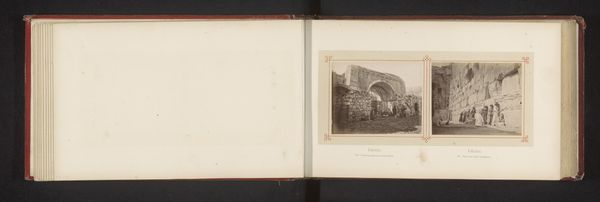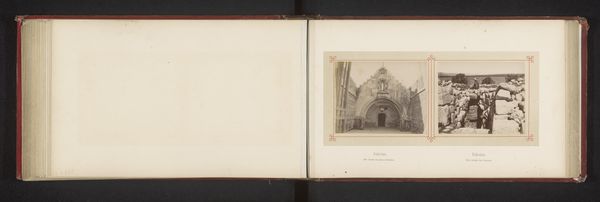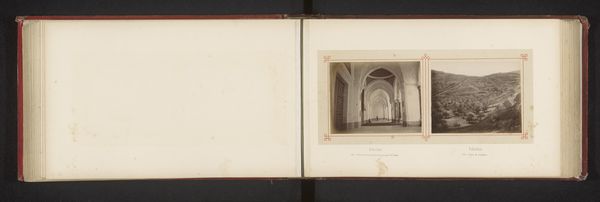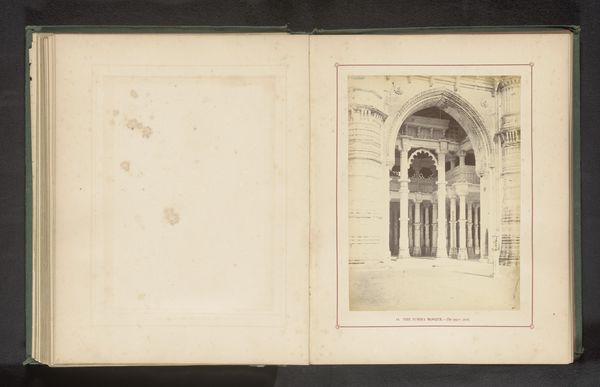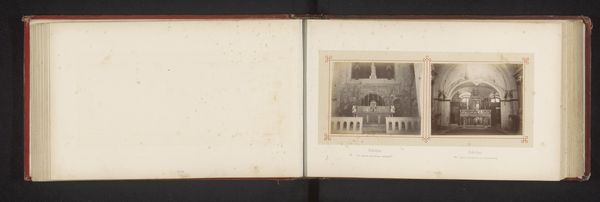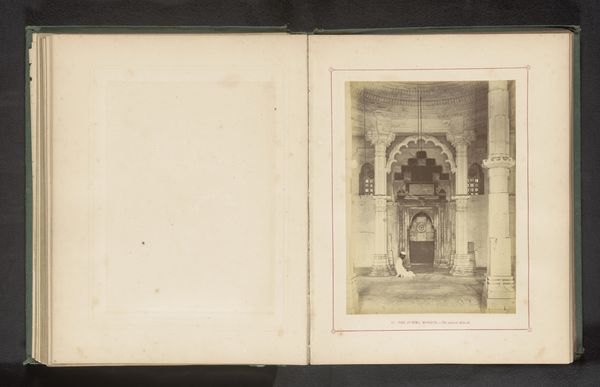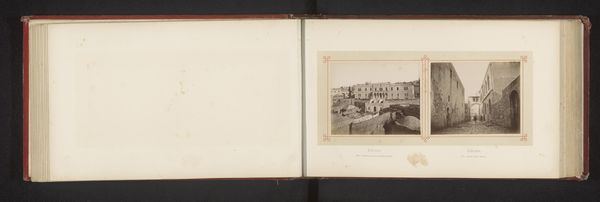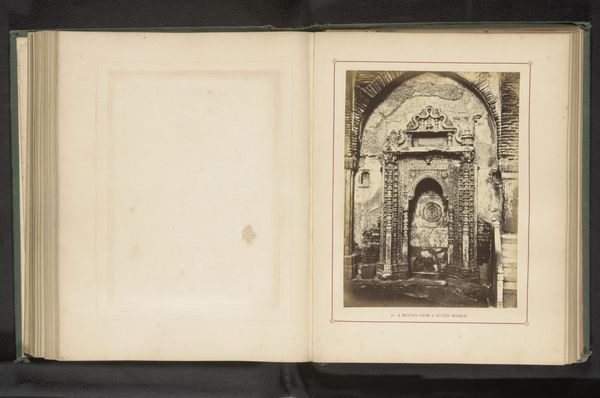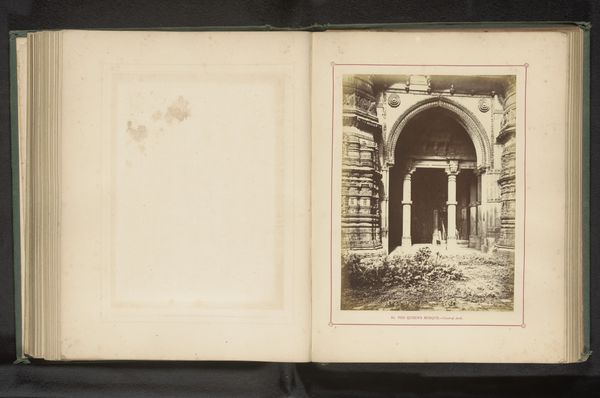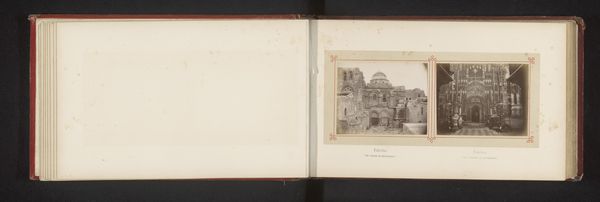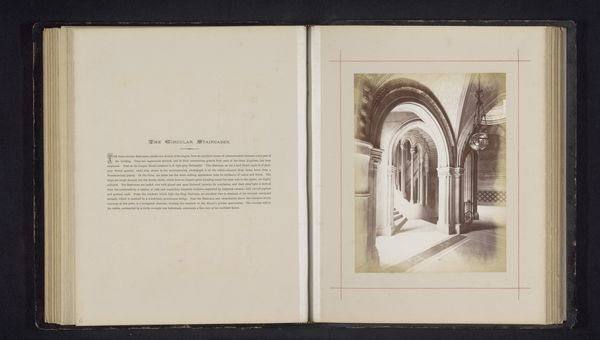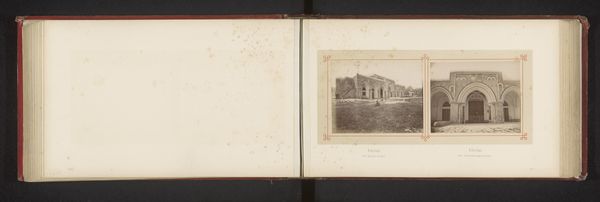
print, photography, albumen-print
# print
#
landscape
#
street-photography
#
photography
#
ancient-mediterranean
#
arch
#
cityscape
#
albumen-print
Dimensions: height 77 mm, width 90 mm
Copyright: Rijks Museum: Open Domain
Curator: Right now, we're looking at a fascinating print entitled “Gezicht op bogen in het huis van Kajafas” or "View of Arches in the House of Caiaphas," made sometime before 1878 by F\u00e9lix Bonfils. It's part of the Rijksmuseum collection. It's interesting how a 19th-century artist interpreted an ancient scene, isn't it? Editor: Yeah, ancient definitely comes to mind. But something about the tonality in this photograph makes it feel more melancholy than overtly religious. It has a starkness that evokes loss, like these architectural ruins stand in for lost stories or forgotten lives. Does that resonate with you? Curator: Absolutely. Bonfils, as a photographer, was capturing more than just the visual representation of a location. The use of arches here is critical, historically used to suggest both passage and support. Do you think Bonfils uses the arches symbolically, or is it mere composition? Editor: Maybe a little of both? The arches are the architecture, of course, but because they visually frame the scenes and suggest entry or exit points, it directs my sight in and then out again. It speaks to me about freedom, or more like an illusion of freedom. They promise pathways but still contain everything within their structure. The album itself as well seems a bit limiting when considering freedom, especially the way the photographs are put together. Curator: That's an astute observation. Albumen prints were popular at the time. Consider what these images signified to 19th-century viewers. They were viewing 'holy lands', so photography functioned to transport people visually but to support their spiritual convictions with the ‘objective truth’ of the photographic process. It served a psychological purpose—a tangible connection to a world they mostly knew from scriptures. Editor: So, the ‘reality’ served a bigger imaginative purpose? Curator: Precisely. Editor: The photo on the left feels almost cloistered and more immersive and intimate, in contrast to the one on the right, it is isolated. Curator: Well said. It invites me to reflect on how architecture frames not only physical spaces but our interpretations of history itself. Editor: Me too. It’s an intriguing mix of art, architecture, and feeling all brought together by this really old photography.
Comments
No comments
Be the first to comment and join the conversation on the ultimate creative platform.

